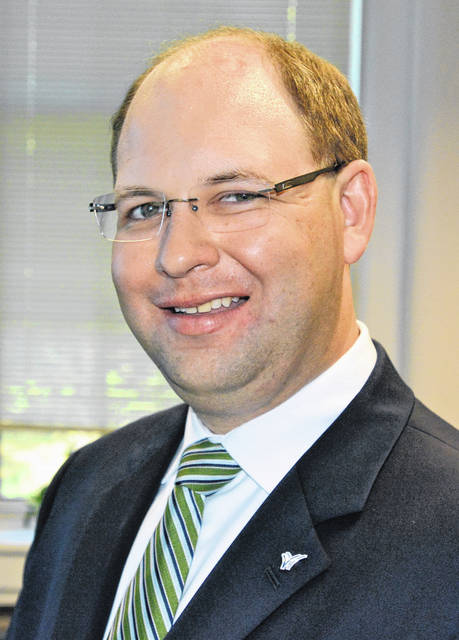
Clinton County, like most counties, is filled with sites and stories that are unique to it. We have buildings, farms, people, and curious oddities that make us, for lack of a better term, us.
Tucked away in Clark Township stands an icon that is the last of its kind in our county — the Martinsville Covered Bridge. The story of the bridge is one that needs to be told and is a great testament to Clinton County.
In 1871 the Clinton County commissioners commissioned Zimri Wall to build a bridge that spanned Todds Fork, which is a branch of the Little Miami River. It was to be a covered bridge that would cost $4,000, according to records at the Clinton County Historical Society. This was a huge sum of money in 1871, but there was a need for the bridge.
As the country came out of the Civil War, vast improvements to roads were needed, as most of the country was still criss-crossed by nothing more than dirt trails. Bridges were not much more than wooden planks built on top of hastily assembled trusses dug in and placed into the banks of creeks and rivers — which of course meant cross at your own risk.
The Transcontinental Railroad had several bridge failures due to the fast pace and shoddy craftsmanship — all from the race to get to Promontory Summit.
In Clinton County, craftsmanship like that would not stand.
Todds Fork could be a very treacherous crossing and there was only a small road for horses and wagons. Then sometime in the middle 1800s a beam bridge was built to span the gap. It was small but met the need of crossing Todds Fork.
The beam bridge had to be replaced, and Zimri Wall was the person to do it. Wall knew what he was doing when it came to building bridges, as he had a vast amount of experience in doing so, which is why commissioners chose him to build the bridge.
The bridge was to be covered with trusses and was built with multiple kingpost trusses and an 18-foot roadway through it. The timbers were hand-hewed, bolted, and nailed together for strength. The bridge was a marvel to look at, and to cross it was safe and secure.
Over its 150-year life span, the bridge has seen many improvements. Some improvements had to be done because farmers were not so careful while crossing the structure.
One such incident occurred in 1902. Joe Houk was a farmer who had a very large steam engine and threshing machine. As he went to cross the bridge, to thresh wheat at the Loe King Farm, Houk’s engine and thresher crashed through the floor of the Martinsville Covered Bridge and did a considerable amount of damage.
Joe and his crew survived, and thankfully the bridge did not catch fire.
In 1937 more repairs were made to the bridge as vehicles and farm equipment became larger, and steel was added that year to make it sturdier.
This storied treasure has more history to tell besides traffic rolling over it day in and day out. Zimri Wall would go on to partner with his brother, Jonathan Wall, to form The Champion Bridge Company.
The company can boost many accomplishments over the years of bridges built all over the United States, but the oldest and still in-use structure is the Martinsville Covered Bridge. This testament is due to a lot of hard work and forward thinking of our county.
Over the years the Clinton County Board of Commissioners and Clinton County Engineer’s Office have inspected and made sure the bridge is safe to cross. This year the bridge turns 150 years old.
The $4,000 the county spent to build the bridge probably wasn’t in the budget. It most certainly had a lot of discussion of, “Do we or don’t we build such a structure?”
Those conversations might have included if this bridge could stand for 150 years!
This summer, take a ride to Martinsville Road and cross over the wooden and steel bridge that changed part of our county.
It’s a testament to one of the oldest, continuous businesses in not only in our county or Ohio but the United States.
Jonathan McKay is a Clinton County native and a current member of Wilmington City Council.


